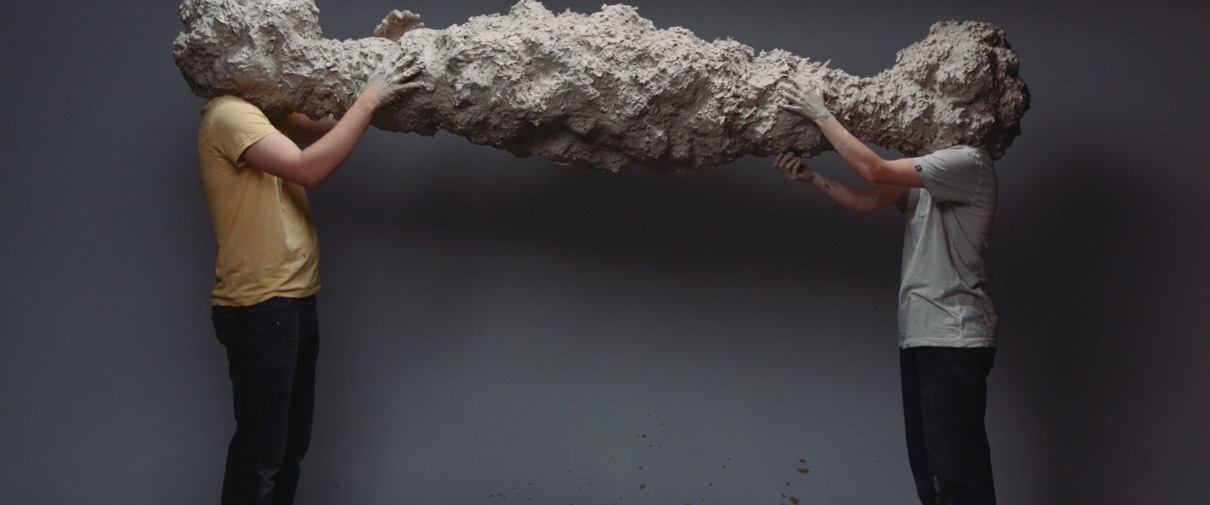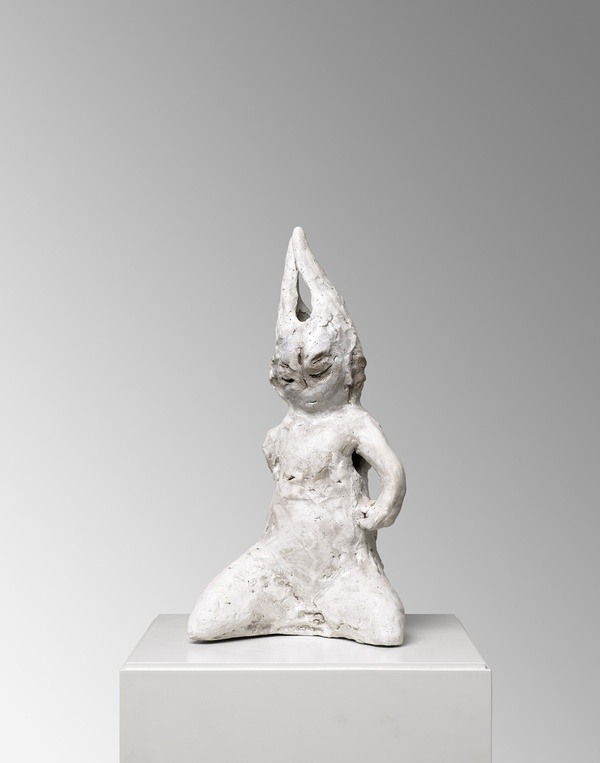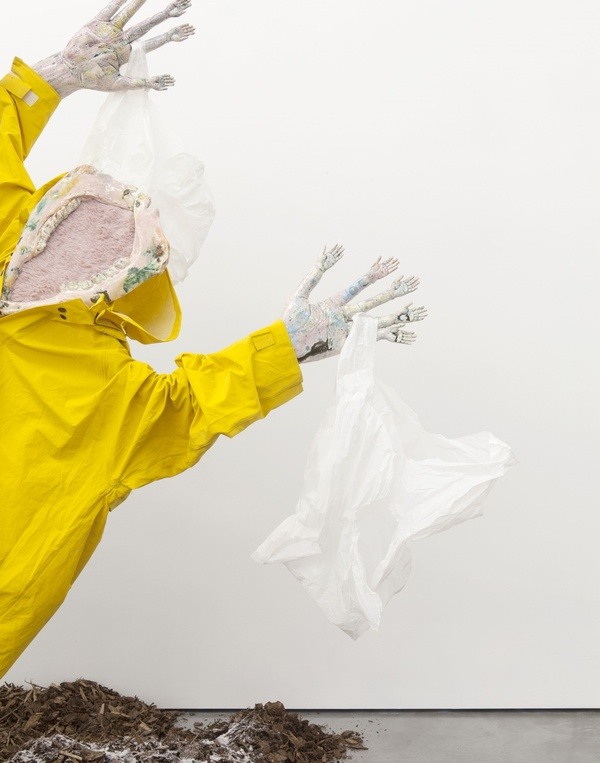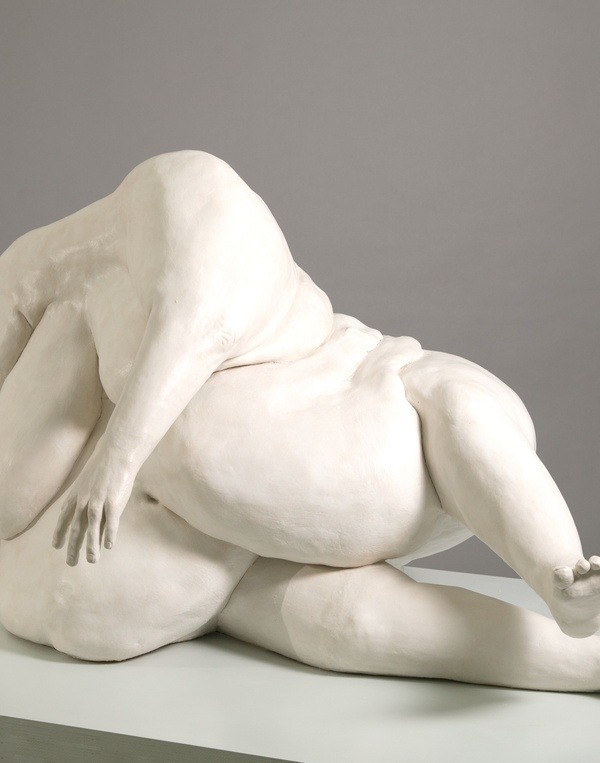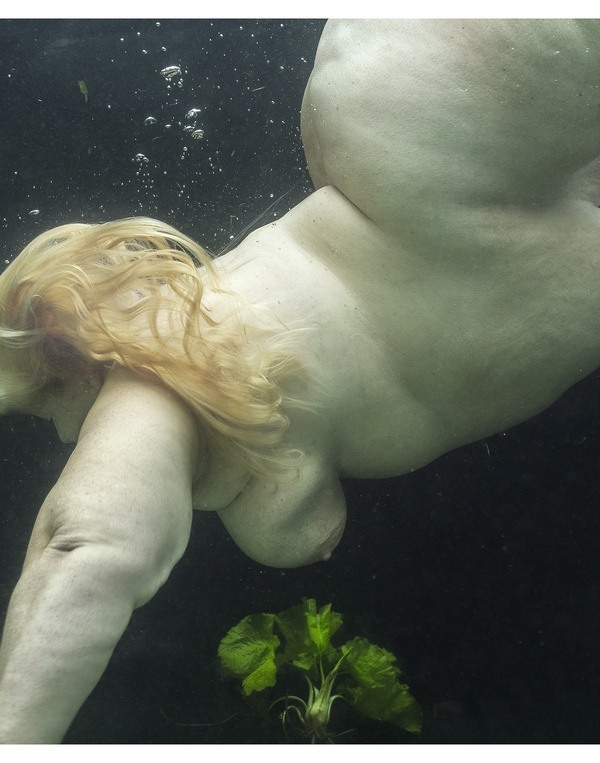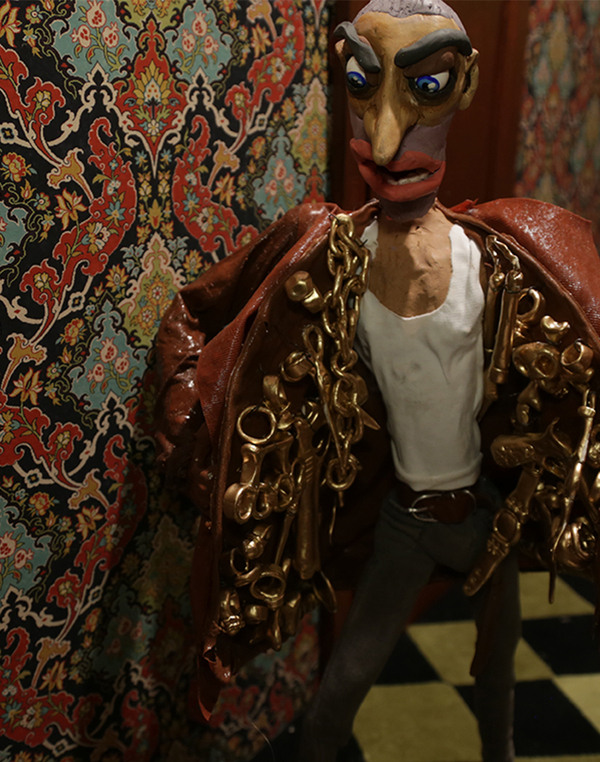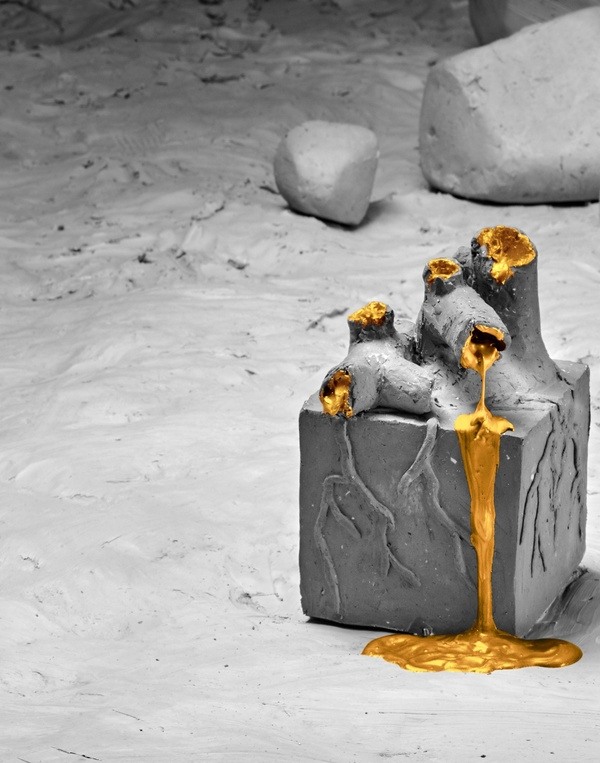Human After All
Now on view
The Princessehof National Museum of Ceramics in Leeuwarden will present the wide-ranging exhibition Human After All: Ceramic Reflections in Contemporary Art from 10 October 2020 to 5 September 2021. Internationally established artists and up-and-coming talents from both the East and West will exhibit sculptures and installations ranging from the absurdist films of artist duo Djurberg and Berg (1978, Sweden) to the tree of life by Kris Lemsalu (1985, Estonia). All the works revolve around the complexity of human nature: La Condition Humaine, humanity with all its limitations, insecurities and self-confidence, beauty or cruelty.

